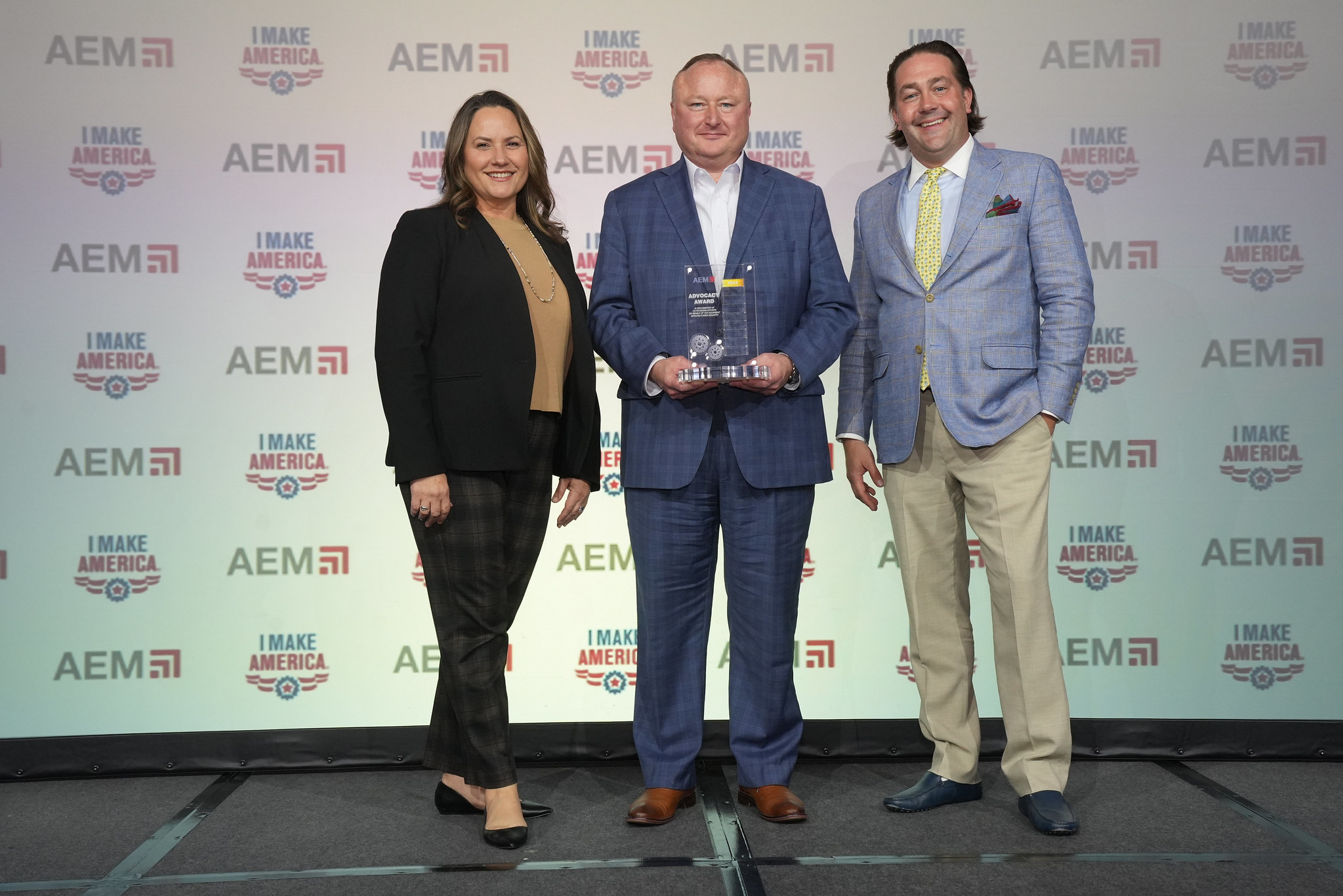By Julie Davis, AEM Director of Workforce Development
Are you frustrated with recruitment results? Do you wonder where the willing workers are? You’ve got good paying jobs with benefits, so why don’t people want them?
Put your frustration to work. Most of us are only willing to disrupt our routines when things become frustrating and uncomfortable. The first step in reducing your recruitment frustrations is acknowledging that you need to make the change. Change is not likely to come from the job seekers that you’ve been trying to connect with.
Many times, we get frustrated when we think we’re doing everything we can and it’s just not working. But let’s examine that. Sometimes we are doing everything that we have the bandwidth to take on, so it feels like we are doing everything that we can. We need to stop and:
- Evaluate the effectiveness of what we are doing
- Eliminate what is no longer effective, or
- Delegate established practices to someone else to free up some time for new initiatives
Successful recruitment will never result from one or two good tactics. It requires trying new things on a regular basis. With that fact in mind, let’s take a look at foundational recruitment techniques and add a few twists.
Want to learn more? Check out AEM's recently released Workforce Solutions Kit and register for AEM's upcoming Member Education webinar, Your Guide to Starting or Expanding Your Workforce Efforts.
Target Available Population Pools
First, consider your available population pools. Each of the following population segments needs to be targeted a little differently. As they say, if your go-to fishing hole has been drying up, it’s time to look for a different fishing hole.
- Young adults: The connecting points for this population includes high schools, tech or community college, and the service industry. (Why service industry? After 2-3 years of flipping burgers or stocking shelves, they may be looking for a career instead of just a job.)
- Unemployed or Underemployed: The connecting point for these workers can be job centers, tech or community colleges, and some really well-placed signs that showcase leaving a job for a career and highlight any benefits that are meaningful to your target audience.
- Women and minorities: You need to invite this population to consider employment with intentionality. This means changing the wording in your ads and job descriptions, actually asking them to apply, and giving them a “why” to connect with. If you keep doing what you’ve been doing, you will keep getting who you’ve been getting.
- Veterans: Add this group to your list. Some returning veterans do want to return home their home state and for the extra time it takes to include them in your outreach, the value and skills they bring are worth it.
- Ex-Offenders: Many states are providing training in prison systems that directly prepare this population for manufacturing jobs. Studies show that this population stays with the company that is willing to give them an opportunity. There are also programs that offer tax incentives and bonding. If you are looking for new pools of population to tap into, connect with a re-entry program in your state.
- Aging Workers: Don’t discount this knowledgeable population when thinking about hiring. Do think about offering some flexibility if you want to continue to tap into their wisdom.
Once you know who you want to connect with, it’s time to announce the job opening. Keep your Indeed or Monster posting, but don’t forget to post on the local college job board, on the state job board where displaced workers are encouraged to look, and on at least one veteran’s site. Also, how long has it been since you went “old school” by putting a flyer up in some locally relevant spot? Here are some additional tactics to try:
- “No experience preferred!” If you are going to train them for an entry-level position anyway, position the door wide open and hire for soft skills.
- “Did you know that women who work in manufacturing jobs earn higher wage rates than in most predominantly female fields? Our doors are open to women looking for their next career.” Invite an under-represented target audience specifically.
- Include your organizational mission in your posting. Younger generations want to be connected to something bigger than just a job.
- If you can offer flexibility, freedom, education/training and growth, highlight it!
Invest in Relationship ROI
Tech or community colleges are often the first go-to option, if you are lucky enough to have one near you. However, consider helping to build the pipeline by engaging with your middle school and high school or partnering with a skills-based non-profit like SkillsUSA or FFA. True, the return on investment (ROI) is longer, however, by creating industry, brand, and occupational awareness earlier than many of your competitors, you're not only helping to fill the tech classes. If you’re smart, you are building relationships and connections with promising students. Here are some tactics to consider:
- Feature young production workers as ambassadors to schools. Have them speak about what they love about their work, and what it took to get there.
- Follow up student/school tours with a time that parents are invited. If students were excited by what they saw, let them bring their parents back so parents understand the environment and opportunity.
- Build relationships, not one-time events. Bring pizza in for a class and talk about the careers you have to offer, follow it up with a tour, follow it up with a parent event, follow it up by offering scholarships, follow it up by an award for classroom success… you get the picture.
- Engage repeatedly with non-profits and their student members. Have company volunteers get involved. Do more than donate funds. Provide human interaction.
Enhance Industry and Brand Perception
There is an interesting exercise that companies in small to mid-sized communities can do that costs nothing other than a bit of creativity and time but can generate a lot of information about industry and brand perception in their area. Why take the time to do this exercise? If there are 200+ businesses in your community, ask yourself how many you can name off the top of your head (brand awareness) and then if you know what they do. Recruitment is most effective when people recognize your name/logo, and if they have a positive perception of what you do.
First, interview employees from any area of the business and ask them what beliefs they had about your company and the industry prior to being hired and what beliefs have changed the most over the past year. You should have two columns of data: perceptions prior to hire/one year post-hire.
Then get a team of willing volunteers from any area of your company and ask them to talk to 10 people they know (it has to be individuals not connected to your company in any way). They should ask them if they have heard of your business, what they think you do, and why or why they would not want to work there. Have your team come back with notes to share. What did you find out? Was anything surprising? How is your brand awareness in the community? What perceptions of the industry are lurking out there that you want to try to address? What are some out-of-the-box ways your team could come up with to address them?
Getting even a very informal understanding of perception from the general fishing pond that you are looking to recruit from can give you very valuable information and help you to create a strategy moving forward. If you had 5-10 people from across the workforce that were willing to help with this creative assignment, you likely have 5-10 people who could help execute some creative tactical solutions as well.
If you have the recruitment blues, it’s time to try something different. Even if you’ve tried to tap into different population pools in the past, be open to revisiting them again. Lots can change in 5-10 years, and you may get different results. The one thing you can be sure of is doing the same things over and over again will only get you the same frustrating results.
For More Information
If you need more support, ideas, or information, get started by visiting the Workforce Solutions Kit or contact me at jdavis@aem.org.
For more AEM staff perspectives, subscribe to the AEM Industry Advisor.





